South Dakota? What’s in South Dakota?
We had 2,276 miles to drive to Glacier National Park in NW Montana. It was our first destination & the longest leg of our wild west USA road trip, & I didn’t see how South Dakota warranted any sort of stop. Not only did we have to meet up with some friends in Glacier in a few days, but we were also rolling 3 deep in my brother’s regular cab Toyota Tacoma, which meant that someone had to ride in the back of the truck for all 2,276 of those miles. I wanted to get there as quickly & safely as possible.
“Believe me dude, the Badlands & Black Hills of South Dakota are awesome. I’ve been wanting to go back & explore them better ever since I went a few years ago.” my brother responded.
His stamp of approval & my eagerness to get on the road were enough, so at 7am on the bright morning of July 5º, 2014, we pulled out of our Georgia driveway to start our wild west American road trip.
Disclosure: We were only 3 deep on this roadtrip from Georgia to Montana. Gio flew to Colorado from Montana, and my brother & I continued the rest of the roadtrip solo. I’ll admit, it was dangerous & not convenient, but I really wanted my girlfriend to see Glacier NP. Mais, looking on the bright side, it was just 2,276 out of the total 9,454 miles, so someone’s life was in peril only 24% of the entire roadtrip.

The photo pretty much represents the entire first part of the trip (at least after crossing the Mississippi River until reaching the Badlands)
Eastern South Dakota
Ehhhh, not so much. Those nearly 400 miles one must drive on I-90 across South Dakota are grueling. Highlights include: passing Laura Ingalls Wilder’s childhood hometown, finally crossing the Missouri River, & Wall Drug advertisements every 10 miles (more on that later).
Badlands National Park
Just when you don’t think you can take any more Little House on the Prairie scenery, sharply eroded buttes, pináculos, & pinnacles begin to rise from the prairie grass out of seemingly nowhere. It’s hard to believe your eyes at first, not only because of the monotonous 400 miles that you just drove, but also because of how abruptly everything changes.
The Badlands name originally derived from the Lakota Indians, who called it “Mako Sica” or “land bad,” because of how difficult this land was to traverse as a nomadic group. The extreme erosion that has carved away at these buttes & gullies for years make it hard to even walk, much less attempt to ride horses or pull wagons through it!Não só os Badlands olhar único, mas também tem sido um grande destino para os arqueólogos & cientistas como antigos fósseis de animais extintos como o tigre de dentes de sabre & vários dinossauros foram encontrados aqui.
Suggested time: 2 days
O que fizemos
- Castelo Trail – a mais longa trilha no parque, Este trilho cobras através idílica terra flor da pradaria ladeado por todos os lados de areia, pináculos erodidas & lavados ravinas. You don’t have to hike the entire loop (10.8 miles), mas pode combinar partes da trilha com outras trilhas de dupla volta para uma caminhada mais curta.
- Notch Trail – uma baixinha, mas um presente. Hike through the crumbling hill tops, subir a escada de corda, e passear através de uma garganta pitoresca para encontrar o “entalhe” na parede para uma excelente vista das terras da pradaria.
- Saddle Pass Trail – melhor quando combinado com a trilha Castelo, o ponto de vista oferece uma das melhores vistas das Badlands que há.
- Badlands Loop Road – esta estrada serpenteia por 50 milhas através do parque, dando-lhe uma vista espectacular sobre a parede de Badlands após o outro.
O que eu desejo que fizemos: Visit the Wounded Knee Massacre site.
localizado a apenas 45 a milhas de distância, on the Lakota Pine Ridge Indian Reservation lies the National Historic Landmark of the Wounded Knee battlefield. On December 29, 1890, a scuffle broke out between a group of Lakota indians & the US cavalrymen while the army was attempting to remove the Lakota from their land. In the confusion that ensued, between 200-300 homens indianos de Lakota, mulheres, & crianças, na sua maioria desarmados, foram massacrados pelo Exército dos EUA.
O evento é amplamente considerado para marcar o fim de um conflito violento entre os colonos brancos & Os nativos americanos nos EUA. Although I’ve heard the actual site is not very maintained, I still wish I could have payed my respects & solenemente refletido sobre um capítulo muito sombrio na história americana.
Onde ficar:
Cedar Pass Campground, localizado no parque, or Badlands Interior Campground, localizado fora do parque, onde ficamos por US $ 18 / noite.
The Hills floresta nacional de Black
O Black Hills, localizado a cerca de uma hora a oeste de Badlands, também têm o seu nome da tribo indígena Lakota. The sprawling evergreen forest so densely covers these rolling mountains that they appear black from afar. But it’s the countless boulder faces that sporadically jut out of the dense forest & dot the landscape that make this place really unique. It was one of these exposed boulder faces that was chosen to be the location of Mount Rushmore.
Suggested time: 3-4 days
O que fizemos:
- Camped at Sheridan Lake – a beautiful lake, great for fishing, swimming, & picnicking. We camped on the south shore, but the north shore has a marina, boat ramp access, & the largest swimming beach in the forest.
- Harney Peak – 7,242 ft (2,207m) tall (tallest point in the Black Hills & east of the Rockies). There are 2 main ways to hike Harney Peak: the easier, popular trailhead is at Sylvan Lake and is a 7 mile roundtrip hike with 1,100 ft in elevation gain. The more challenging, less-trafficked route’s trailhead is at Willow Creek Horse camp. It is roughly 11.6 miles roundtrip, & has 2,200 feet in elevation gain.
- Mount Rushmore – duh. Visiting Mount Rushmore is an obligatory experience for every American. Pessoalmente, I wasn’t expecting much more than thousands of fanny-pack toting tourists crowded around a fence and jostling for the best angle of George Washington’s nostrils. And for most people, that’s exactly what it is. But being the restless adventurers we are, we found another way to take in this great national monument.
How We Made Mount Rushmore WAYYY Cooler
Part of the Rushmore experience includes walking the Presidential nature trail. It’s a 0.6 mile paved pathway that takes you on a loop past various views of the mountain. It’s accompanied with informative plaques about each presidents’ life.
The loop is meant to be walked clockwise, and as we started the down the nature trail to the left of the main viewing platform, it didn’t take us 2 minutes to push a few boundaries. As the path continues straight towards the presidents, a forested hill rises steeply to the left. We could barely make out through the trees what looked to be more giant boulders near the summit of the hill, and glancing over each shoulder, we quickly scampered off the path & up into the woods.
A 3-5 minute climb brought us to the top of this little side hill, which was indeed crested by giant, exposed boulders. It provided the PERFECT, private view of Mount Rushmore. You are guaranteed to be the only people up there, and the solitude & never-before-seen angle of one of the most photographed sites in the country certainly give it a VIP feel.
I encourage any of you to try it out! We didn’t see any prohibitive signs while climbing up there, & I don’t see any crime if you’re physically fit enough to scramble up some rocks. You didn’t hear it from me though!
O que eu desejo que fizemos:
- Crazy Horse – an ode to the late Lakota indian chief, this monument will be even bigger than Mount Rushmore when (if) completed
- Custer State Park – named by Fox News as one of the World’s Top Ten Wildlife Destinations, Custer Park is actually a state park located with the Black Hills national forest. I would have liked to have gone to see some wildlife, but also to drive the Needles Highway – a scenic road that winds through massive granite needles & ominous tunnels in the mountains.
Wall Drug – Worth It?
Negative, Ghost Rider.
But after nearly 300 miles of“Wall Drug – Free Ice Water!” & “Visit Wall Drug – 5 cent coffee” or “Kids Love Wall Drug!” signs that dot the South Dakota prairie lands every few minutes, you come to the realization that a trip to Wall Drug is inevitable.
Not to mention that road trippers practically have no choice but to go through the town of Wall when leaving the Badlands & heading west. Eu quero dizer, it’s right outside the park, so why not park & check it out?Wall Drug is basically one street designed to resemble a 1880-style western town with just about every gimmicky souvenir/trinket known to man. The first thing we saw when we walked in was one of those old school, scary mechanical puppet bands, 90’s Chuck E. Cheesestyle – remember those? If nothing else, it’s worth a good laugh, & finalmente 15 cents worth of coffee 😉
South Dakota? Totally worth it!
I always thought of South Dakota as another one of those breadbasket, Middle America states that were best to just fly over & avoid completely, but I’m happy that we made it a destination & took a few days to explore it. In fact, of all the places we went on the road trip, the Black Hills are one of the spots I most want to return to again in the future. Do yourself a favor & visit South Dakota on your next road trip – you won’t regret it!
Good resources/essential info
Stop at the rest areas on I-90 before exiting to the Badlands/Black Hills – they are stocked full of free resources likes maps, brochures, coupons, etc.
Entrance fee to Badlands National Park: $15/vehicle
Parking fee for Mount Rushmore: $11/vehicle
Entrance fee for Custer Park: $15/vehicle, $10/motorcycle
A comprehensive website about both the Badlands & Black Hills: www.blackhillsbadlands.com
Os EUA. National Park Service website:
Detailed information about Black Hills campgrounds: http://www.blackhillscampgrounds.com/
Downloadable hi-rez map of the Black Hills: http://www.gwtc.net/~edgemontchamber/images/blackhillsmap11x17.jpg
Map & short description of hikes in Badlands National Park:
http://www.nps.gov/badl/planyourvisit/loader.cfm?csModule=security/getfile&pageid=286674
List of Black Hills area hotels:
http://www.blackhillsvacations.com/lodging/hotels/
Have you ever been to South Dakota? What did you think of it?

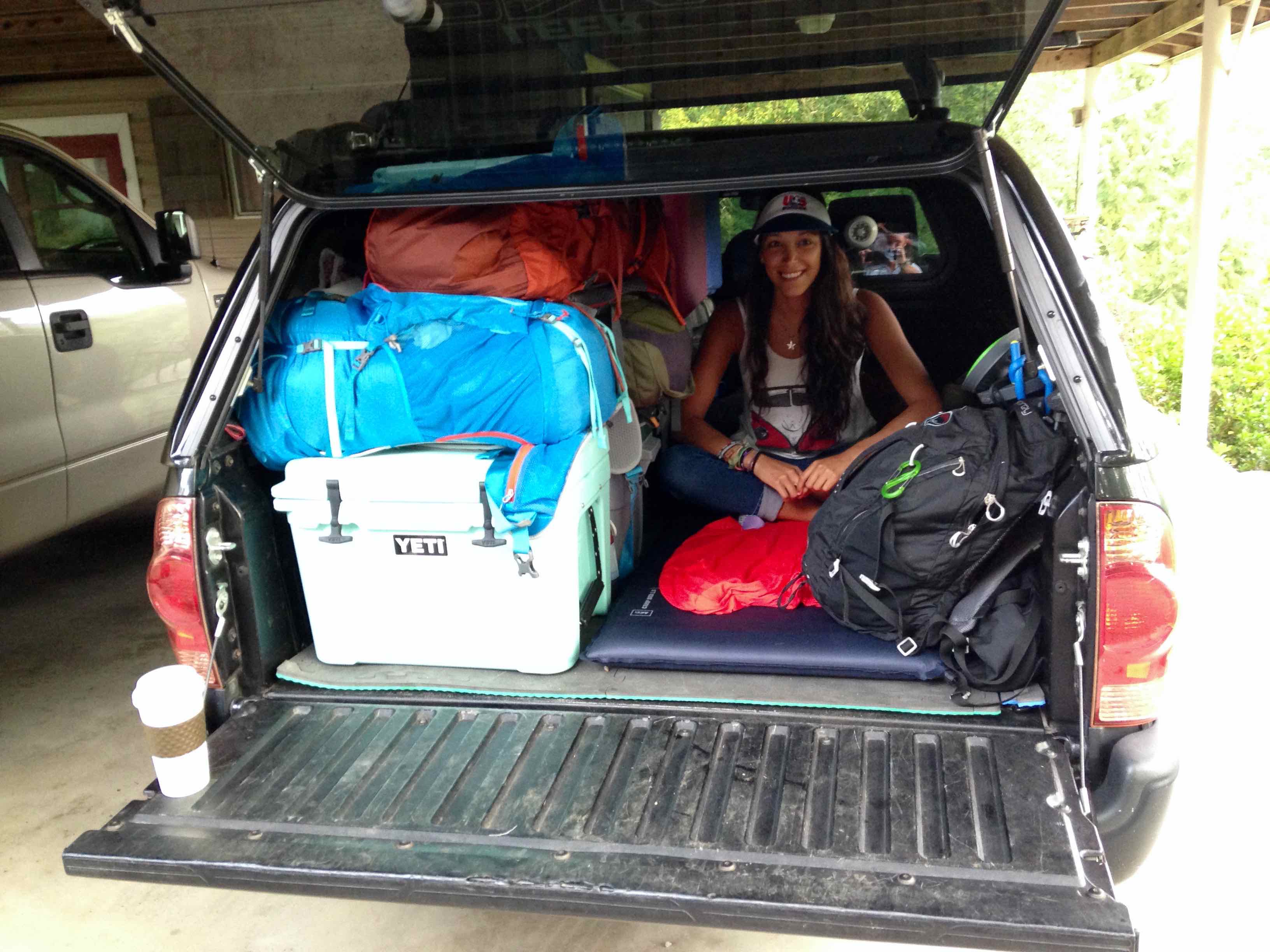

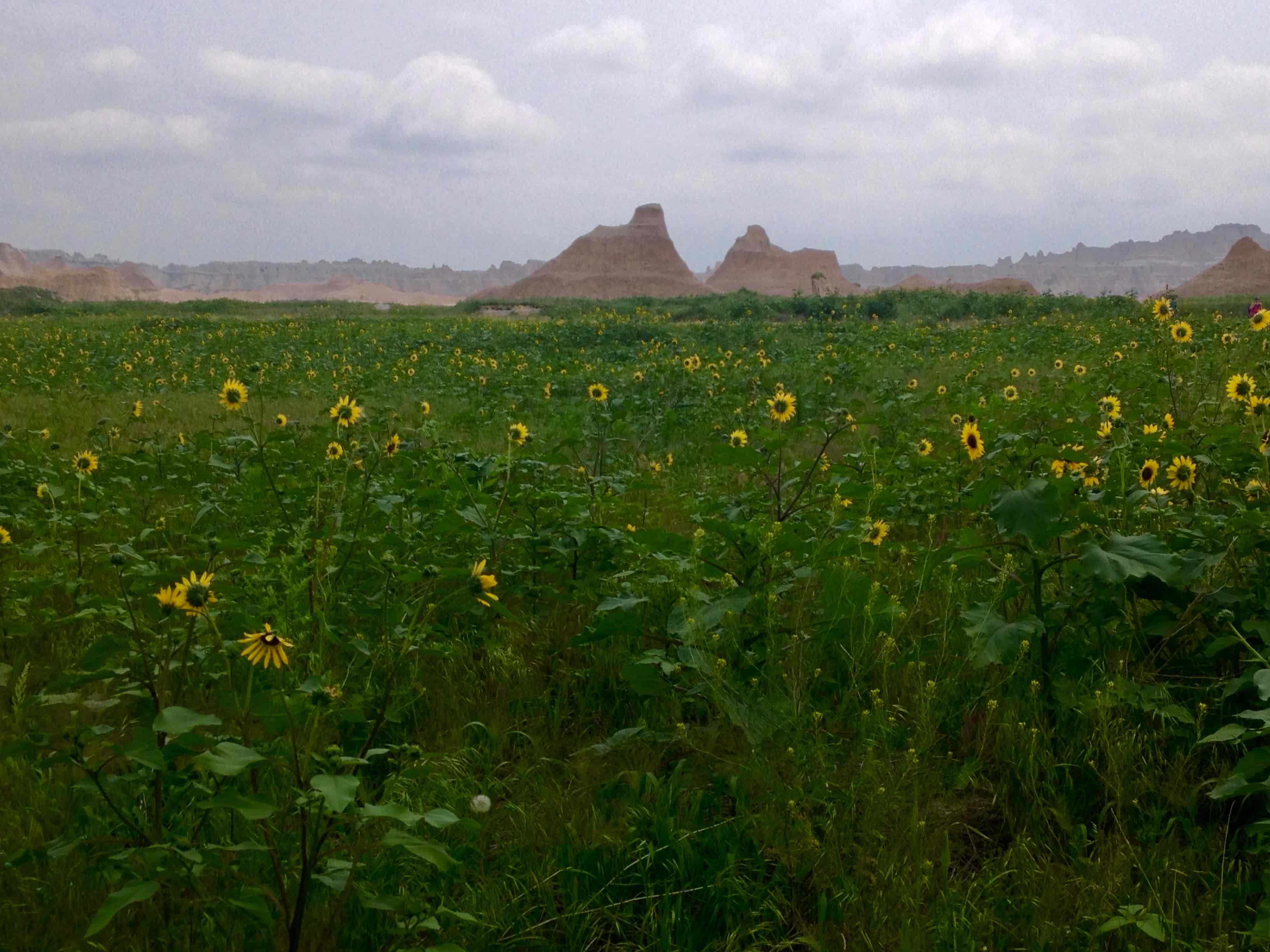
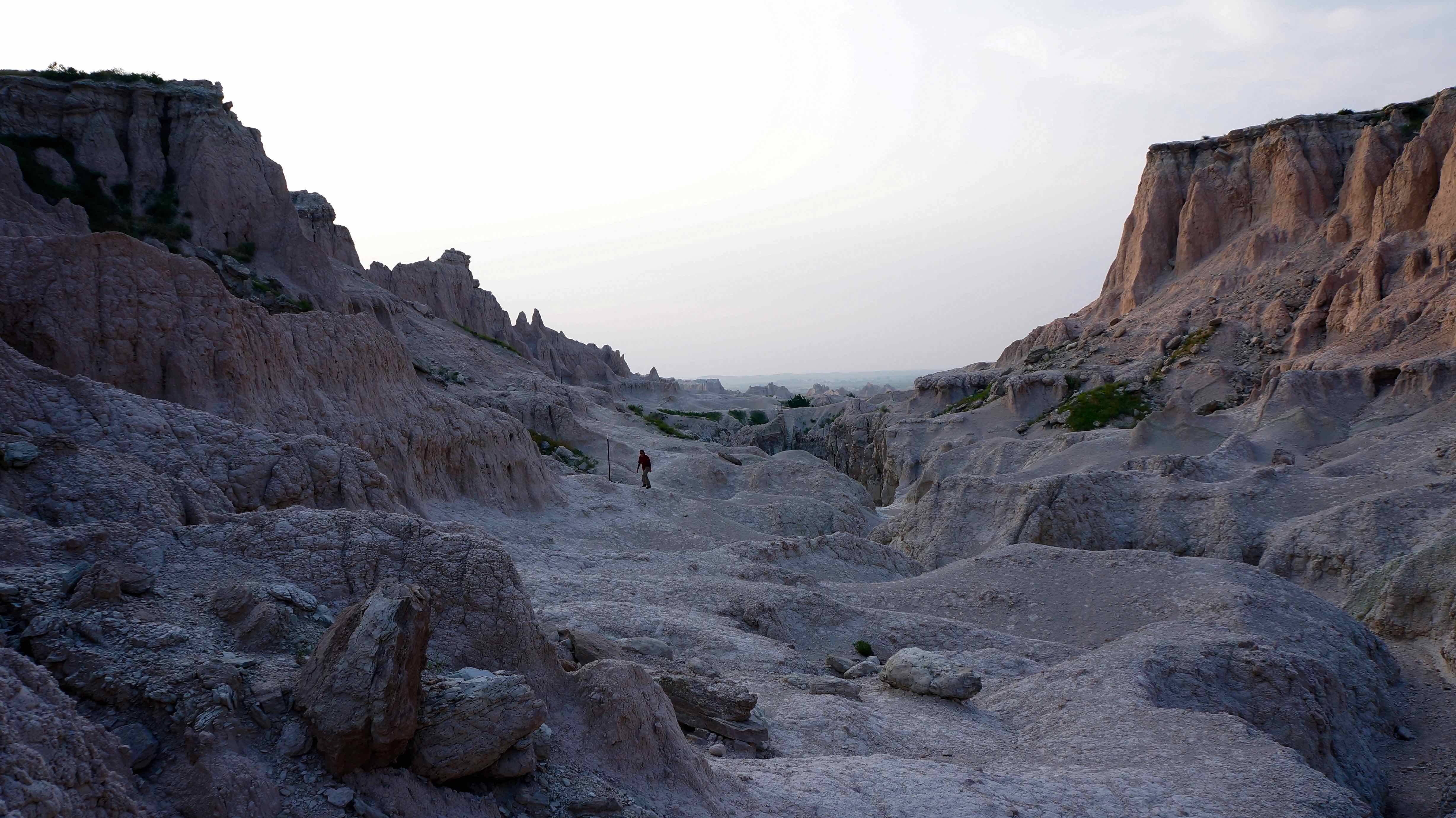
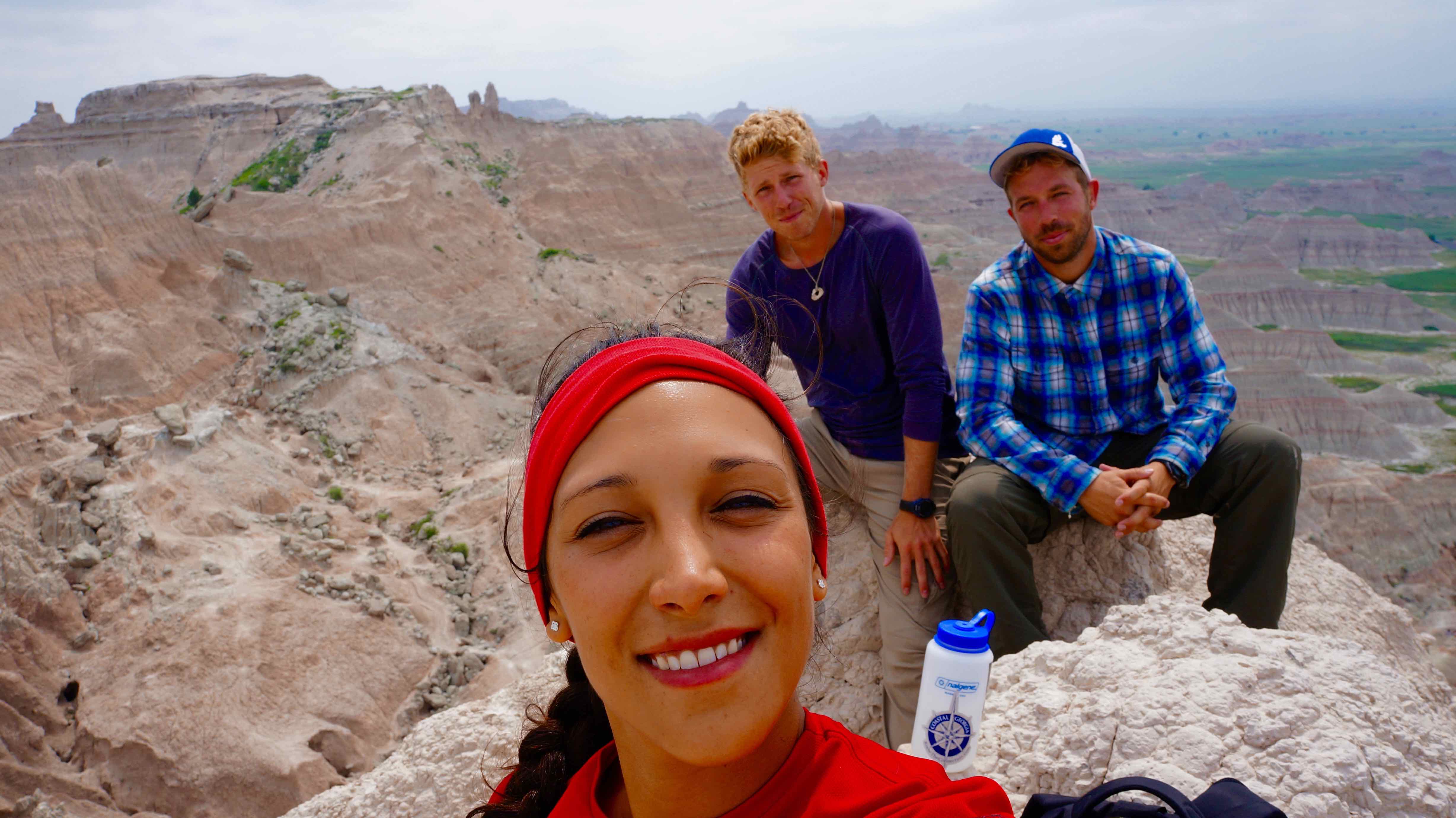
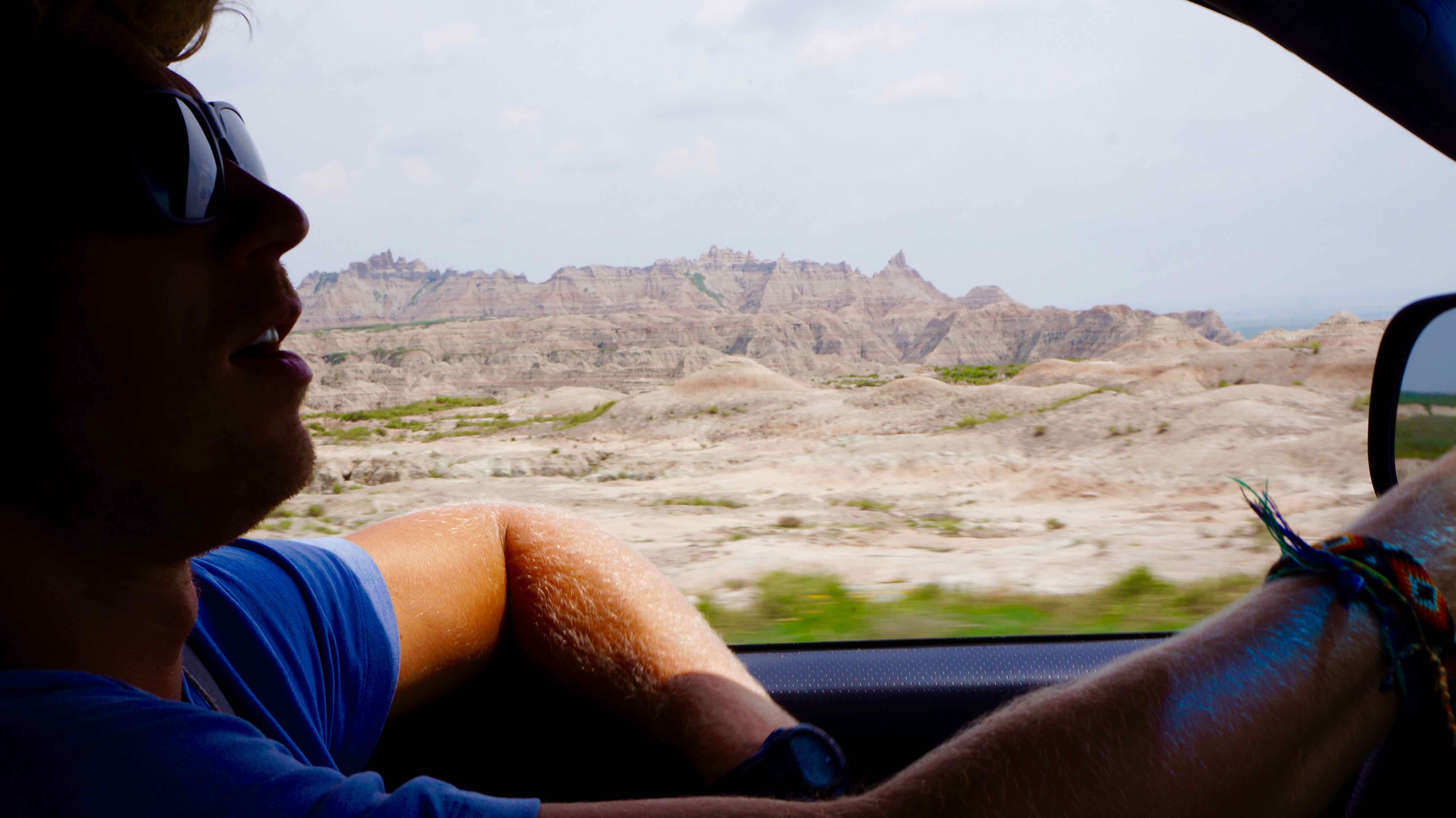

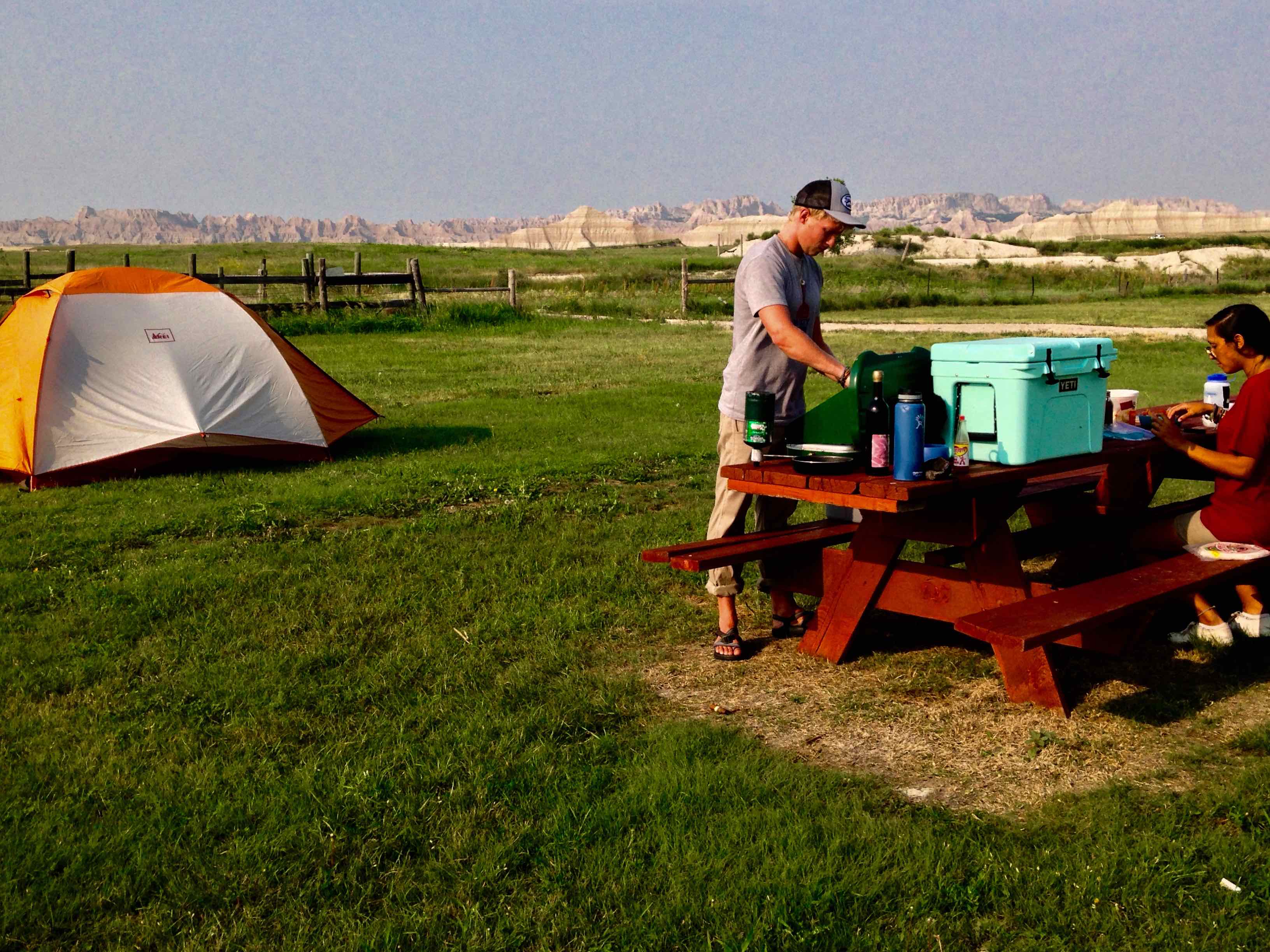
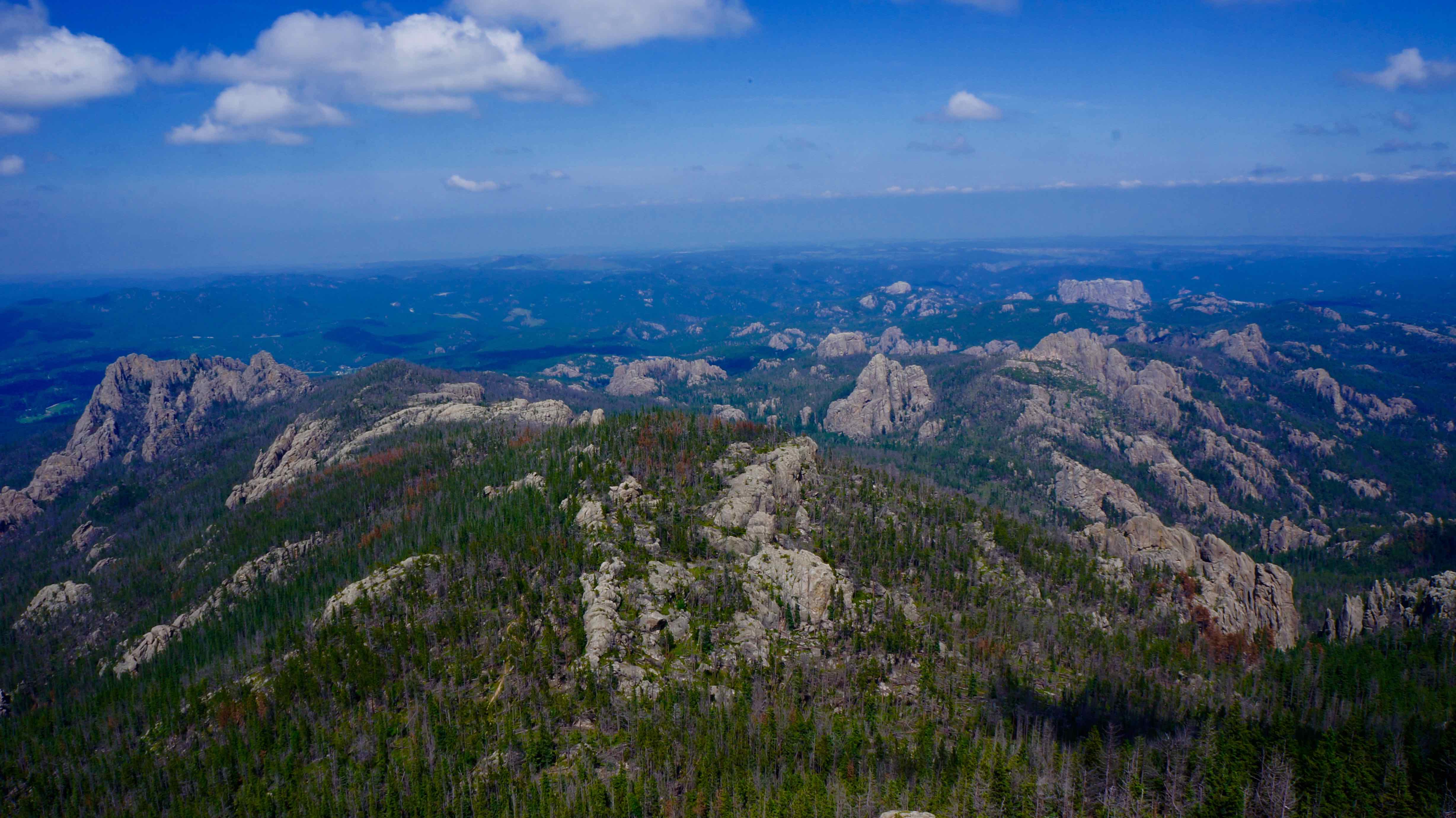




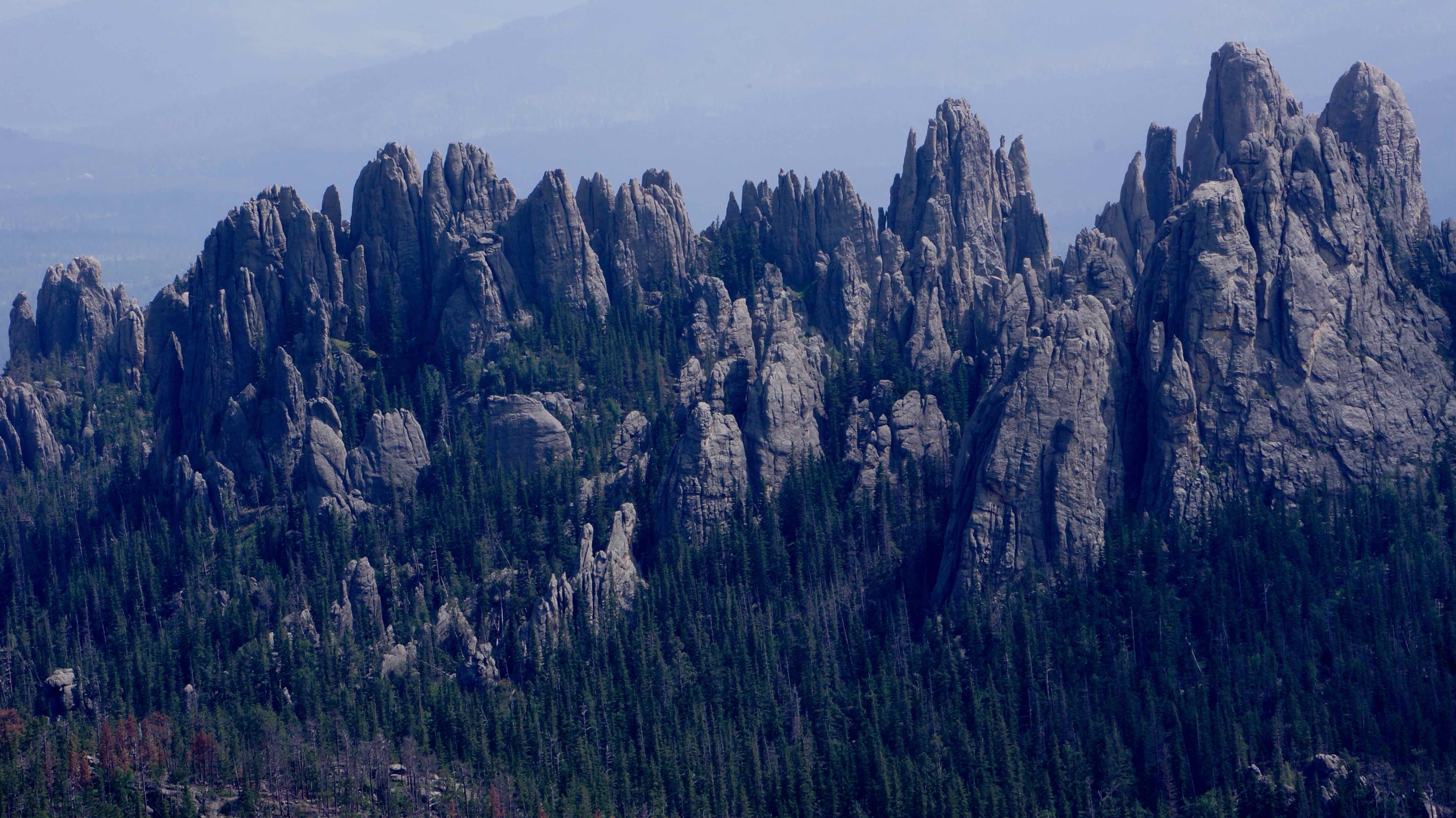
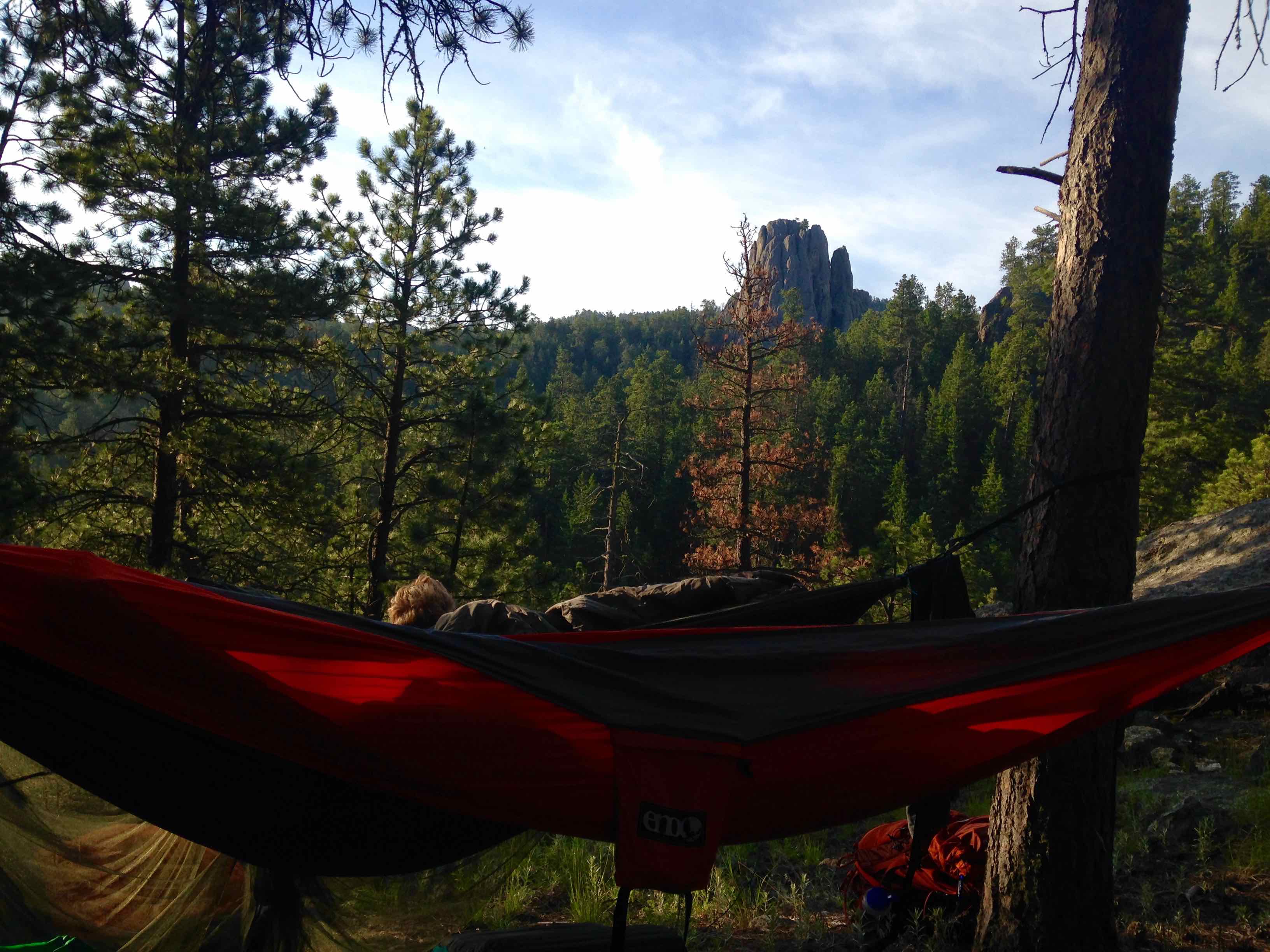
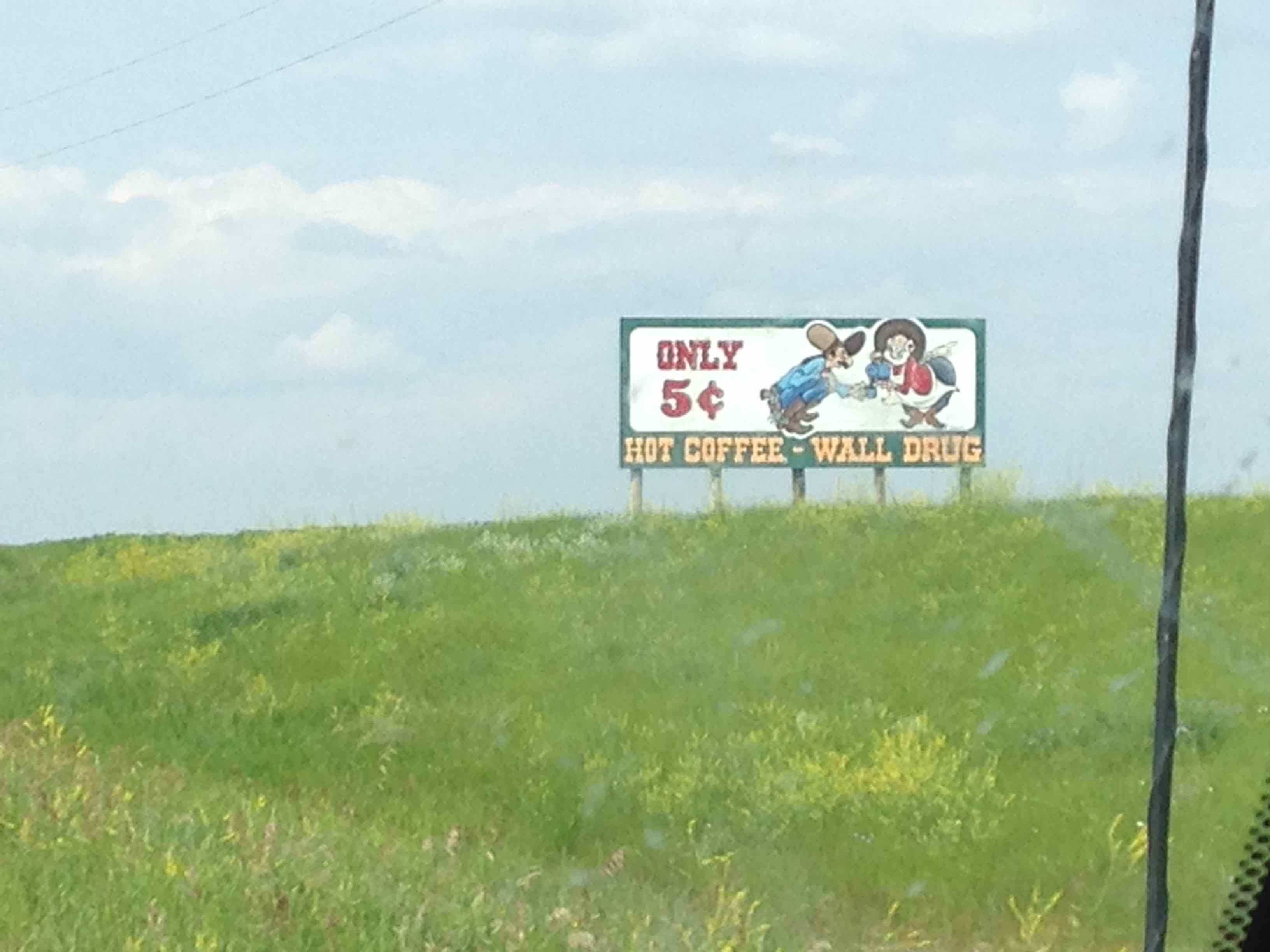
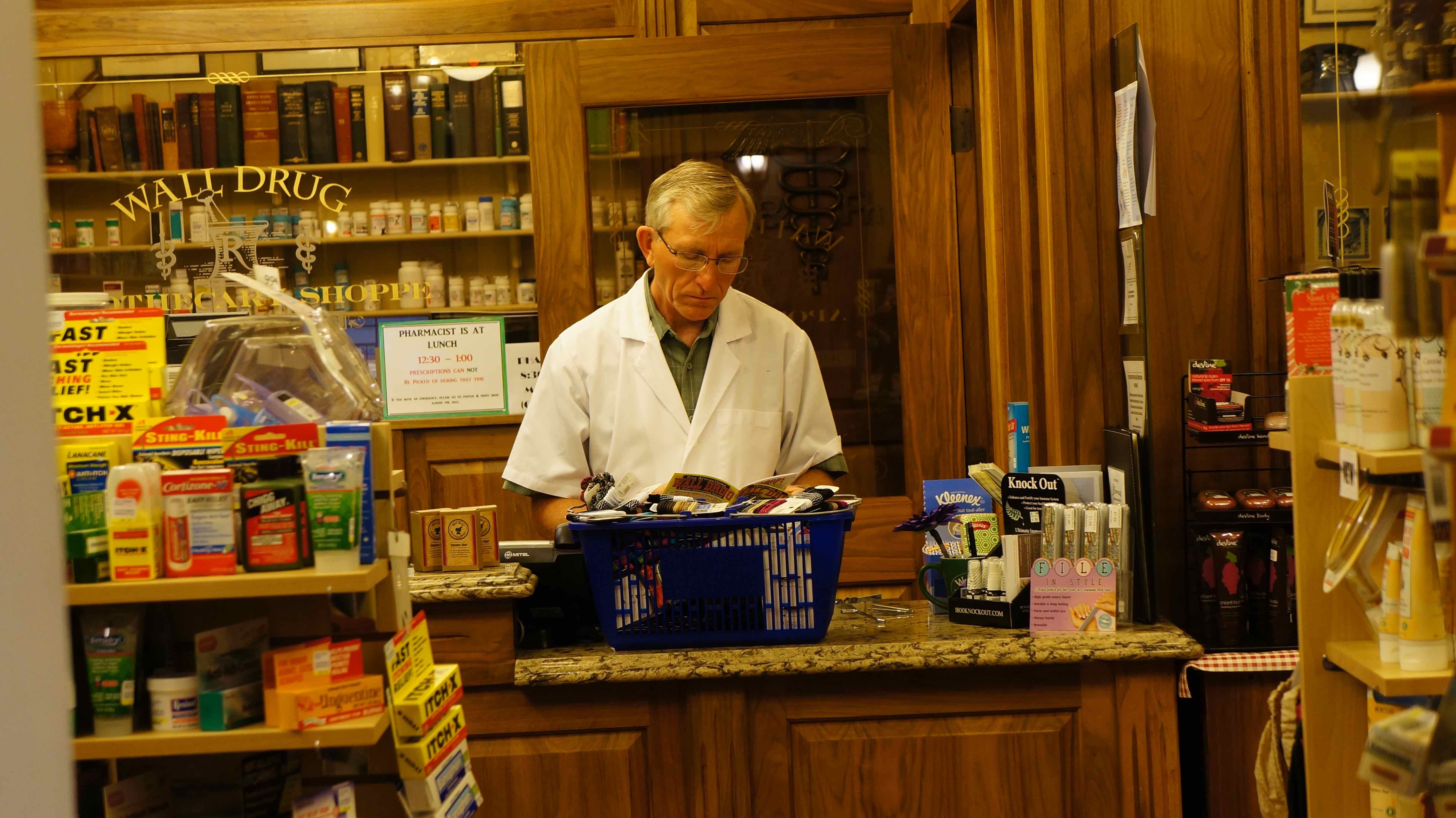
Pingback: Roadtrip USA: 9,000+ miles, 17 states, $2,000, 1 summer - Onde está o Gringo?